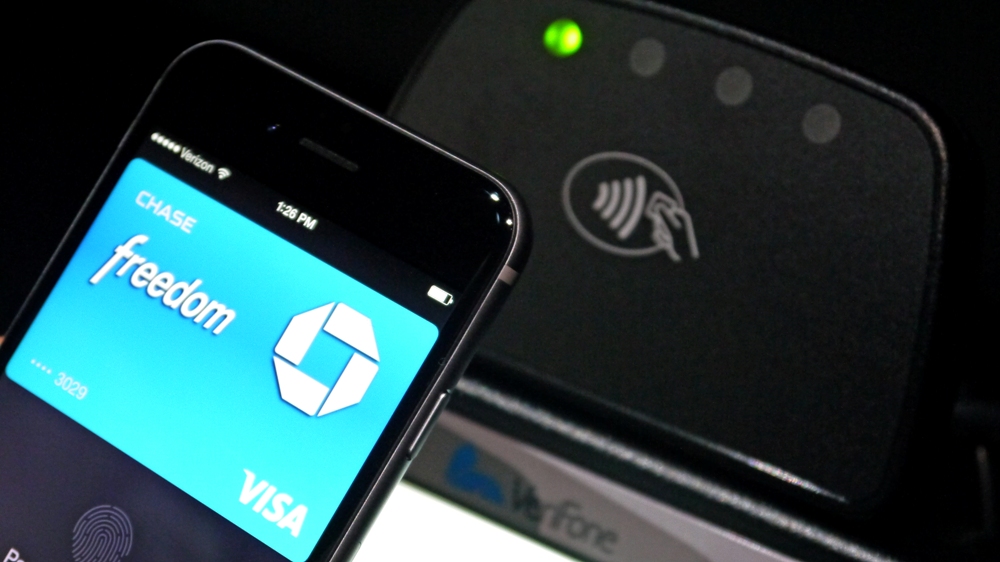Balancing security with convenience is key to Apple Pay's success
How secure can it be?

The launch of Apple Pay is a big step in a different direction for the tech giant, which highlights how increasingly important the mobile payment sector is becoming worldwide.
Consumers continuing to look for quicker and easier ways to deal with payments and transactions are also becoming more educated and aware of the increasing types of security risk, as more channels become available.
Let's not forget that previous attempts by payment companies to make the mobile a contactless medium have so far been met with limited success (for example, the chip stickers attached to the back of a phone case).
So is Apple in the right position at the right time to really take mobile payments to the next stage? Or will fear of what could go wrong mean consumers will still be reluctant?
- Check out everything businesses need to know about Apple Pay on our sister website, ITProPortal.com
Existing market
First of all, it is important to remember that Apple is hardly entering an untapped market. In April 2014 the British Bankers' Association (BBA) revealed that in the period April 2013 to April 2014, 18.6 million bank transactions were performed by customers using a mobile banking application – double the 12 month period before that. This shows that mobile banking is already a big market, and one that is continuing to grow and develop.
The key issue for Apple is security, which absolutely has to be top of its – and its payment partners' – agenda if it wants to be successful in this market, especially in light of recent high profile issues surrounding security in the cloud.
Whether attacks are enabled through malicious password phishing or gaps in security, media attention means that consumers are as cautious as ever when keeping personal data in the cloud. But these new innovations only work when you can prove who you say you are.
Are you a pro? Subscribe to our newsletter
Sign up to the TechRadar Pro newsletter to get all the top news, opinion, features and guidance your business needs to succeed!
Authentication measures have come a long way since asking for a date of birth, address and customer account number when you log in. In order to prevent the growing risk of fraud, banks and financial providers have consistently innovated to make moving money or performing financial transactions a much more secure process.
While waving a debit or credit card in a shop for a contactless payment is only as secure as making sure you don't lose your card or have it stolen, a mobile phone is obviously a more attractive option for theft. But entering your details or login, in-store, is clearly too cumbersome an option.
Convenience versus security
Apple undoubtedly faces the ultimate dilemma of any mobile payment provider in that the authentication layers in place to securely identify a user must be balanced against Apple Pay's USP, which is undoubtedly the user experience. It's another step towards the ultimate in convenience, where online and offline payments eventually become seamless.
You can pay for goods or services via a secure web link or mobile app while you're in-store, without having to re-enter details. Mobile payments have made it even easier for people to pay for goods and services, meaning far less data is required to be entered or submitted, but the fact of the matter is that fraud follows the channel of adoption, and banks are fighting a constant battle.
Customer expectations
This has been one of the main difficulties facing all financial services providers when it comes to protecting customers' data. The modern consumer expects to be able to deal with any problems they have quickly and to their satisfaction, without having to disrupt their day (or interrupt the flow of the task).
Many banks, other financial services providers, and payment platforms are finding themselves competing on this level, particularly the banks, which are now at the mercy of seven day switching rules.
The key is striking a balance; while customer satisfaction is of paramount importance to any business, safety and security cannot be ignored.
Remember: fraud always follows the channel of adoption, and many fraudsters will see this as a fresh challenge for revenue-generating activity. Customer experience versus trust is the constant battle waged by product developers; it's a fine equilibrium to hit.
- Keiron Dalton is Product Manager Aspect PES for Aspect Software.